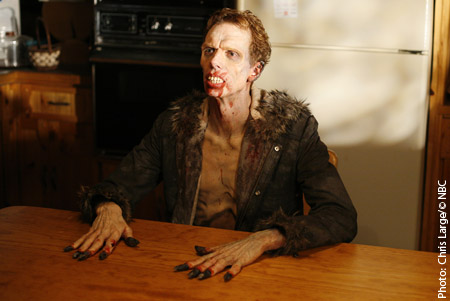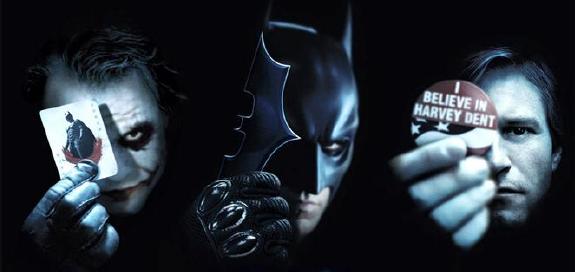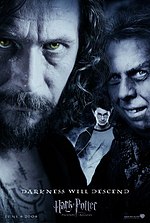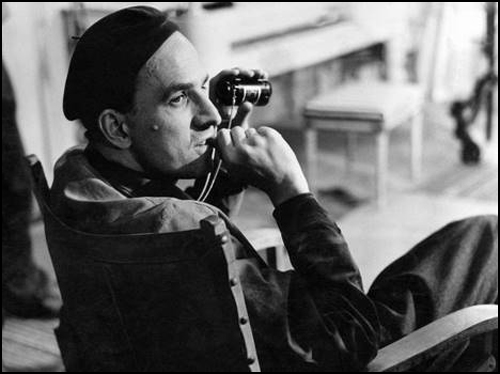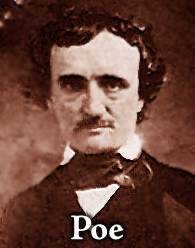Night Falls On Whoheim
Thursday, December 18, 2008
posted by Steve Tompkins
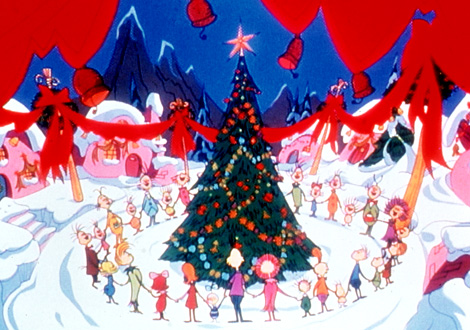
The bite of the wind was as nothing compared to the teeth of his own hate, gnawing him ceaselessly. Clouds and gusts of snow danced before him like the ghosts of his kinsmen, hounded to what would be extinction when he at last joined them. Unless he could effect tonight’s rescue — and at the thought of his mission, the cold and ice and driving sleet that would have frozen a sleighful of his enemies only steeled his resolve.
Every Who’s hand was against him, and for his part he took bitter pleasure in the fact that his only garment was a ragged Who-skin, dyed red and lined with white scalps of the elders he’d visited in their bedchambers. In truth he had been a strange, bitter creature even before Whoheim’s campaigns to clear the caves of Mount Crumpit, a feral fighter and dwimmer-crafty strategist, but one preyed on by black moods that set him apart even from his fellow green-furred cragsmen. The Who-word for the people of the peaks was Grinch, from the Latin Grinchii, but this was merely a clumsy-tongued truncation of Garrinch, a word as old and sharp-edged as the mountains the aboriginals had stalked for ages as numberless as the snowflakes. His own name, when there had still been a reason to have a name because others of his race still survived to call him by it, had been Garrinchogh Dubh. The Whos, when they could bring themselves to refer to him at all, called him The Grinch, as one might say The Devil.

